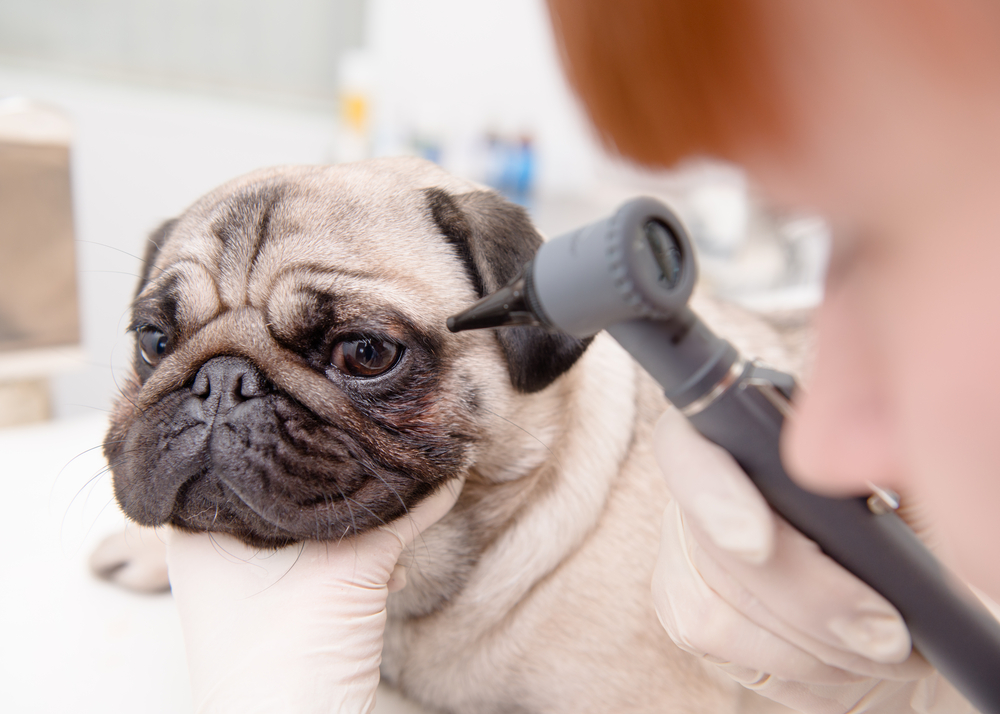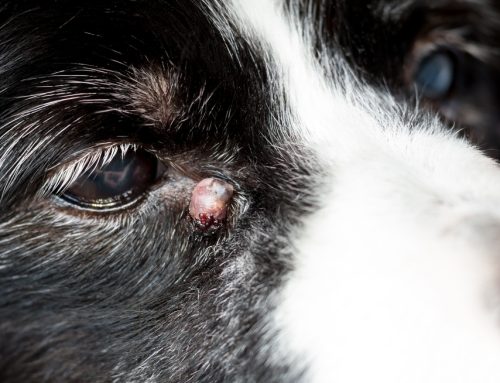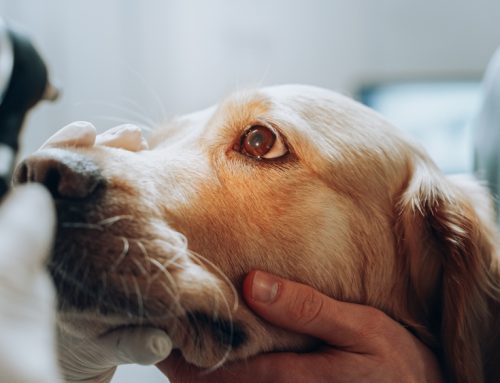Fungi represent an array of eukaryotic organisms that is so vast, it’s earned its own kingdom. Classified separately from plants and animals in the kingdom of life, fungi come in many shapes, sizes, and forms. From mushrooms that we eat, to molds we find on expired foods, fungi are everywhere in our environment—including on our pets. Certain yeasts commonly cause skin and ear problems in our furry friends, while other fungi may cause systemic and ocular diseases, particularly in specific U.S. regions. One of the most common ocular representations of veterinary fungal disease is retinal detachment. Recently, Veterinary Vision Center has seen an uptick in this condition as a result of fungal disease in our area. We review what this means for our four-legged friends.
Review of retinal detachment in pets
The retina is a highly intricate structure situated at the back of the eye. The retina appears thin, but comprises 10 layers of neurons and light-sensing cells responsible for relaying visual information to the brain via the optic nerve. In short, the retina is the key player in how our pets see and perceive their environment. When the retina detaches, these important cells cease to function properly, and the pet subsequently becomes blind—permanently or temporarily.
Types of retinal detachment in pets
Retinal detachment can be classified into two categories—rhegmatogenous or non-rhegmatogenous—and can also be classified according to the severity of the detachment.
Rhegmatogenous refers to a detachment from a retinal tear, which can occur when there is ocular trauma or degenerative changes in the eye. Non-rhegmatogenous, or exudative, retinal detachments may occur because of hypertension, cancer, or systemic infections, including fungal disease.
Fungal causes of retinal detachment in pets
As Southeast U.S. dwellers, our pets are susceptible to a number of organisms that love the humidity and heat that our region offers—with fungi no exception. Veterinary fungal diseases are not only a nuisance, but can also be downright dangerous. The following fungal organisms can be especially problematic in regard to retinal detachment and other ocular problems in pets:
- Blastomycosis — Blastomyces dermatitidis, the organism that causes blastomycosis, causes ocular disease in up to 50% of affected dogs, and may also cause problems in cats. But, since ocular changes occur only in the back of the eye where the retina is situated, a pet owner may not notice any ocular changes until vision loss is apparent. Ocular signs you may observe include redness, squinting, light sensitivity, or excessive tearing. Other signs that may manifest with a blastomycosis infection include fever, cough, lymph node enlargement, or ulcerated skin lesions.
- Cryptococcus — This fungal condition is common in cats, often leading to upper respiratory signs such as sneezing, nasal discharge, or congestion. Additional ocular signs may include vision loss, scleral thickening, or changes in pupil size. Affected cats may also have ulcerated nasal plaques or neurologic signs.
- Histoplasmosis — Caused by the organism Histoplasma capsulatum, this disease is most common in pets 4 years old and under. Common signs are associated with the lungs and the gastrointestinal tract, along with non-specific signs such as fever, lethargy, or weight loss. As with other fungal conditions, vision loss is a telltale sign of retinal detachment, especially when other fungal disease signs are present.
When your pet should see your veterinarian

Fungal diseases may manifest differently, depending on the individual pet. If your pet develops any of the signs, or is generally unwell, you must seek veterinary care as soon as possible to rule out fungal disease. Your family veterinarian will perform a thorough exam on your pet, including an eye exam to look for retinal dysfunction signs. Referral to our center may be necessary if your pet develops an ocular condition secondary to fungal disease that requires advanced care.
Remember, when it comes to your pet’s vision, time is of the essence—prompt care and treatment for retinal detachment may help your pet retain or regain their eyesight. Contact us at the Veterinary Vision Center for more information regarding retinal detachment and fungal disease in dogs and cats.







Leave A Comment